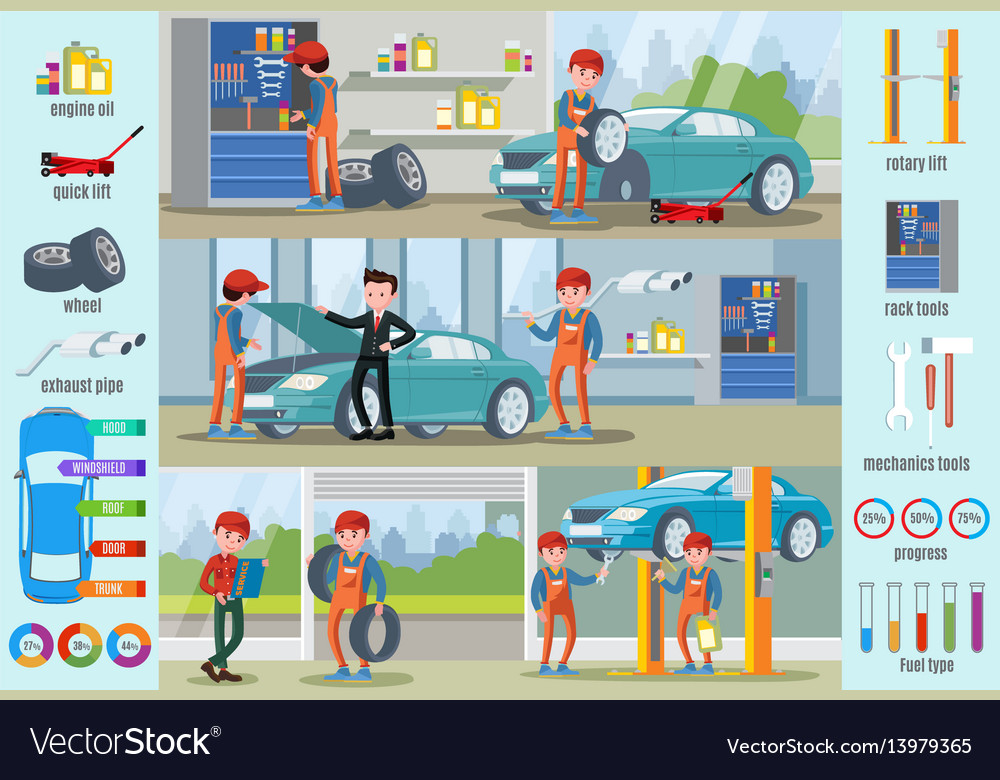Exactly How To Determine One Of The Most Usual Warning Lights On Your Dashboard And What They Mean
Exactly How To Determine One Of The Most Usual Warning Lights On Your Dashboard And What They Mean
Blog Article
Web Content Writer-Wilkerson MacMillan
When you lag the wheel, those control panel caution lights can be an actual mystery. But did you know that decoding them can save you from possible vehicle problems down the road? From the threatening check engine light to the subtle oil pressure caution and the ever-important battery light, each one serves as a critical signal from your vehicle. It's time to shed light on these typical control panel cautions and furnish yourself with the expertise to browse the roadway in advance.
Comprehending the Examine Engine Light
When your dashboard brightens with the check engine light, it is very important not to panic however to take immediate activity. The check engine light serves as a caution that your automobile's onboard diagnostic system has actually spotted a potential concern with the engine, discharges, or various other crucial parts. Overlooking this light can result in more severe issues down the road, so it's important to resolve it without delay.
To understand the resource of the problem activating the check engine light, you can utilize an OBD-II scanner to recover the particular difficulty codes saved in your vehicle's computer system. These codes supply important details that can help determine the underlying issue.
While some problems creating the check engine light might be minor, such as a loosened gas cap, others can suggest a lot more significant worries that require professional attention.
Translating the Oil Stress Warning
Upon experiencing the oil stress cautioning light on your control panel, instant attention is necessary. This caution suggests that the oil pressure in your engine might be also low, which can result in major engine damage otherwise addressed without delay. Reduced oil stress can be brought on by a variety of problems such as a leakage, a damaged oil pump, or reduced oil degrees. Overlooking this alerting light could cause expensive repairs or even engine failing.
If Click On this page see the oil pressure alerting light begun, the primary step is to securely pull over to the side of the roadway and turn off your engine. Examine the oil degree utilizing the dipstick and guarantee it's at the suggested level.
If the oil level is reduced, top it up with the suitable oil for your automobile. If the oil degree suffices, don't continue driving and seek assistance from a technician to diagnose and repair the concern immediately. Remember, preserving proper oil pressure is crucial for the health and durability of your engine.
Interpreting the Battery Light
To decode the significance of the battery light on your control panel, you must understand its essential function in your vehicle's electric system. When the battery light illuminates while you're driving, it suggests that the electrical system isn't getting enough power from the battery.
This could be because of a failing battery, a damaged alternator, or concerns with the billing system. Ignoring this advising light might cause your car stalling or being not able to start.
If the battery light begins, it's advised to safely pull over and have your automobile checked by an auto mechanic asap. They can perform diagnostics to identify the underlying issue and prevent a possible malfunction.
Verdict
Since you recognize exactly how to identify the most typical caution lights on your dashboard and what they indicate, you can resolve any possible issues without delay. Bear in mind, the check engine light, oil stress caution, and battery light are very important indications of your lorry's health and wellness. Remain informed, remain safe, and keep your vehicle running smoothly by paying attention to these indication.
